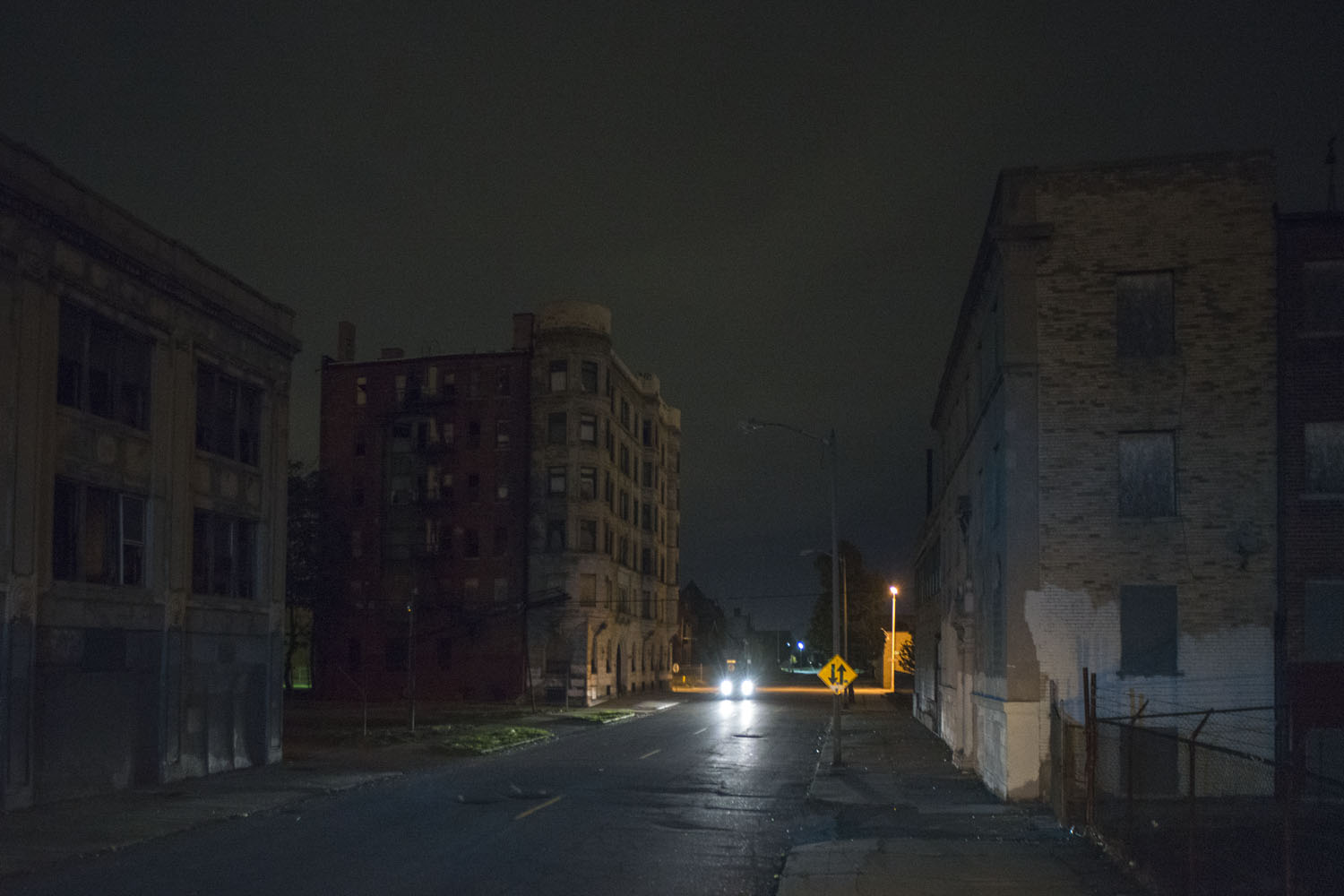
For more than four decades, Camilo José Vergara has photographed the poorest and most segregated communities in urban America. Both a sociologist and a photographer, Vergara is probably best known for his photos of urban blight in 1970s New York. But for over twenty five years he has also pointed his lens at Detroit, to document not just the city’s decline but the quiet resilience of its people and its urban landscape.
“Hey man. What do you do? Why are you taking pictures?”
These days, I am particularly drawn to Detroit in the darkest hours of the night. As I drive slowly along through a crumbling cityscape, the car seems to float when the road is smooth. In the dark my camera reveals things in a new way: gentle light falling on the counter of a soul food restaurant; an eerie corner house with its collapsed roof in a yard full of weeds; the Starlight Temple of Truth lit by the moon; and eventually, on the horizon beyond abandoned houses, a narrow sliver of pink announcing the dawn.
But most striking is the city’s eerie emptiness, its desolation and its feeling of menace. Bags blown across the street by the wind resemble small dark animals. The sound they make as they scratch the pavement makes me think someone is sneaking up on me. As I stand on the roof of my briefly parked car, my giant shadow projected on the ground scares me. On Mack Avenue the enormous head of a steer atop the boxy ruin of a former Dairy Queen reminds me of Goya’s Caprichos. A neon-lit Coney Island, a 24-hour fast food franchise, is cheerful from the outside. Inside, though, people fall asleep, the tables before them strewn with styrofoam food containers. On the wall of a building on Hamilton Avenue there is a mural of Trayvon Martin done in the manner of the Obama “Hope” poster by Shepard Fairey. Trayvon’s eyes, red at the center, are haunting.
Distant streetlights, trees, and shadowy buildings give depth to the views I see through my camera. The car’s blinkers make distant stop signs shine and immerse nearby structures in an orange glow. The green of the traffic lights projects much farther than the reds, casting an Expressionist hue.

A few buildings keep their lights on. I can see the yellowish empty counter inside Ellynns, a soul food restaurant. The stairway in an apartment building is lit, as well as a bedroom. At 3:30 AM, I watch an elderly woman leave her house and drive away. This otherwise banal event strikes me as mysterious, portentous. At 4 AM, I see a woman riding a motorized wheelchair along Mack Avenue. Her name is Kim. “Going to get cigarettes,” she tells me, adding, “Hoping to find someone to hang out with or something.” A streetwalker sits on a ledge of a former classical revival bank waiting for customers. When she sees me photographing the building from the car roof, she picks up her cell phone, and I drive away to avoid confronting her pimp.
It was near freezing in the Mexican Town district. I saw a dark shadow and imagined a large animal, but it was a homeless man, his belly exposed. Next to him a huge green garbage truck was lifting containers from a restaurant and compacting the trash. On West Congress Street, downtown, I met another homeless man sleeping inside the guardhouse of a parking lot, a space heater next to him. Aroused into wakefulness, he ordered me out, saying, “This is private property. Don’t you know what private property means?”

The former Michigan Central Railroad Station is the nation’s most famous ruin. Billionaire owner Manuel Moroun, in a public relations move, has so far installed three new windows on its 14th floor, placed an enormous American flag by its monumental entrance, and whitewashed the big letters at the top of the building that once read, “Save the Depot.” His further plans for the station, if any, are not known.
The few people I saw at night walked slowly, dragging their feet as if lacking a destination. But at dawn some people already stood waiting at bus stops. “I don’t want you to say anything bad about Detroit,” a woman on Fenkell Avenue said to me as she stopped me from photographing the former Wonderland Child Care Center. I tried to reassure her, explaining that I plan to return next year to photograph the refurbished building, but she didn’t believe me.
Perhaps Detroit’s neighborhoods will rise again and the desolate streetscapes that made such an impression on me will be gone. That would be a cause for celebration. But I will always remember the nights, when gliding along the ruined streets of Motown I felt I was somewhere out of this world.
Camilo José Vergara is a photographer, documentarian, and author whose subject is America’s inner cities. A 2002 MacArthur fellow, his books include American Ruins and How the Other Half Worships. LightBox has previously featured his work on MLK Murals, the World Trade Center, Harlem and Everyday Life in the Hood: New York 1970 – 1973. You can see more of his photos on his website.
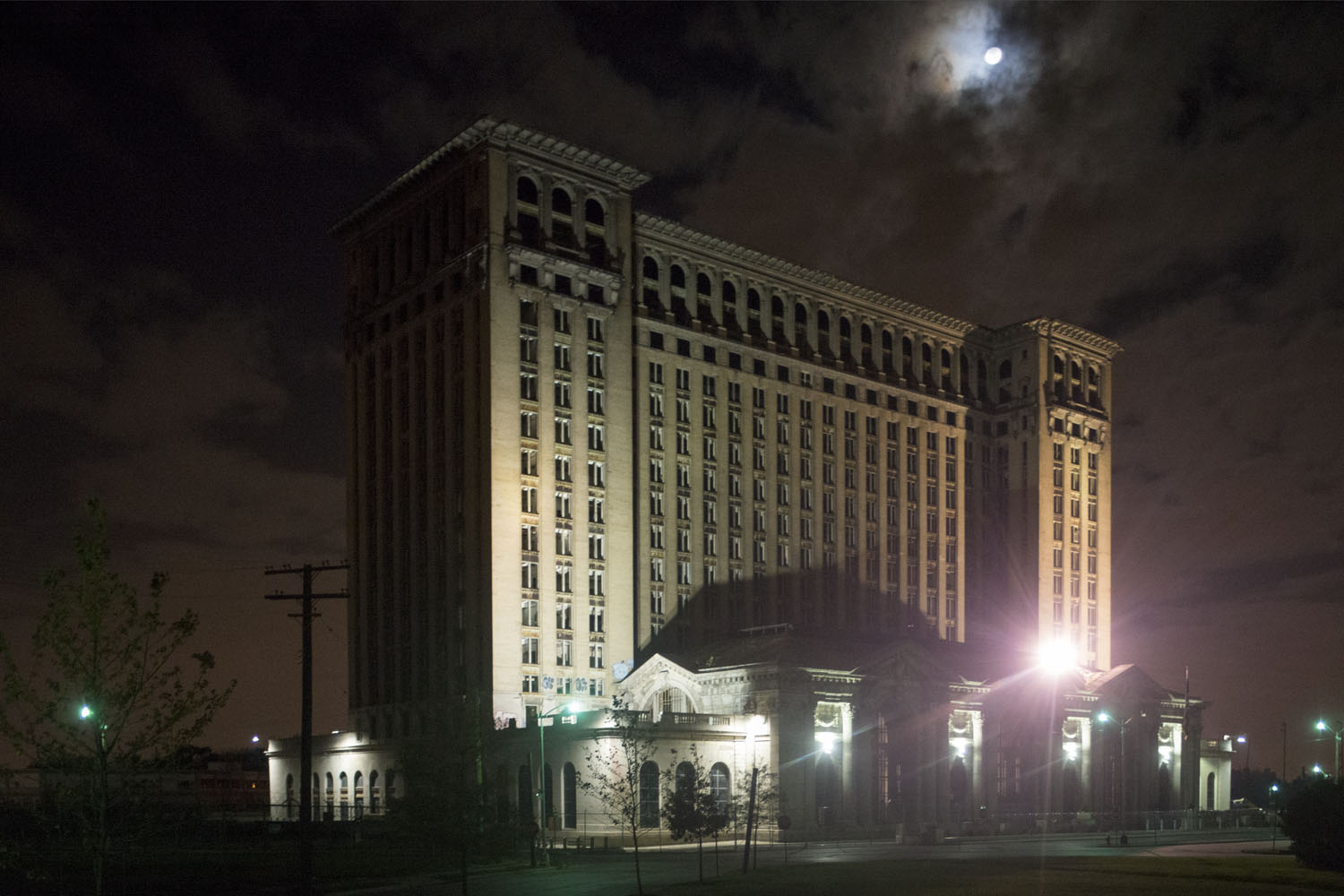
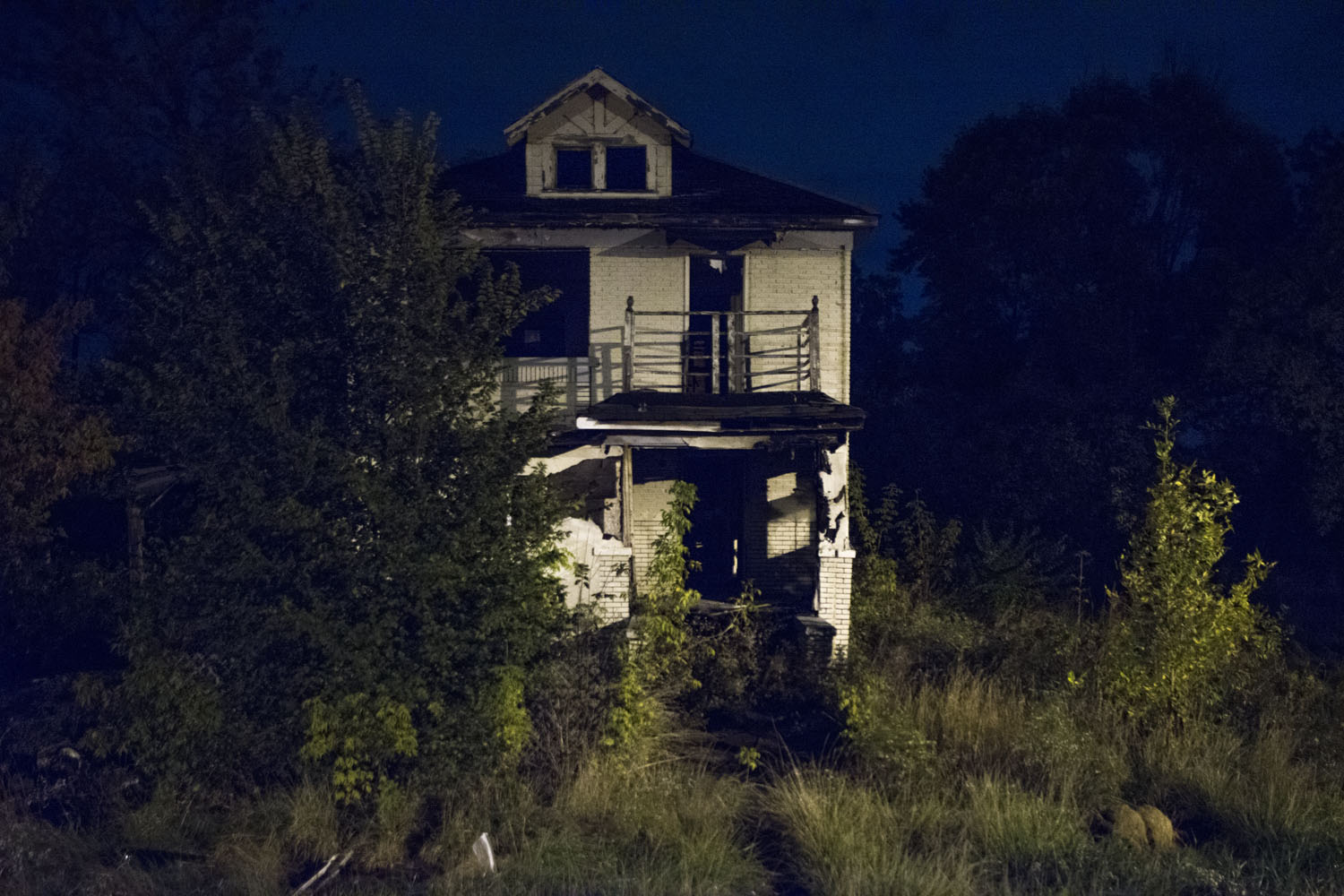

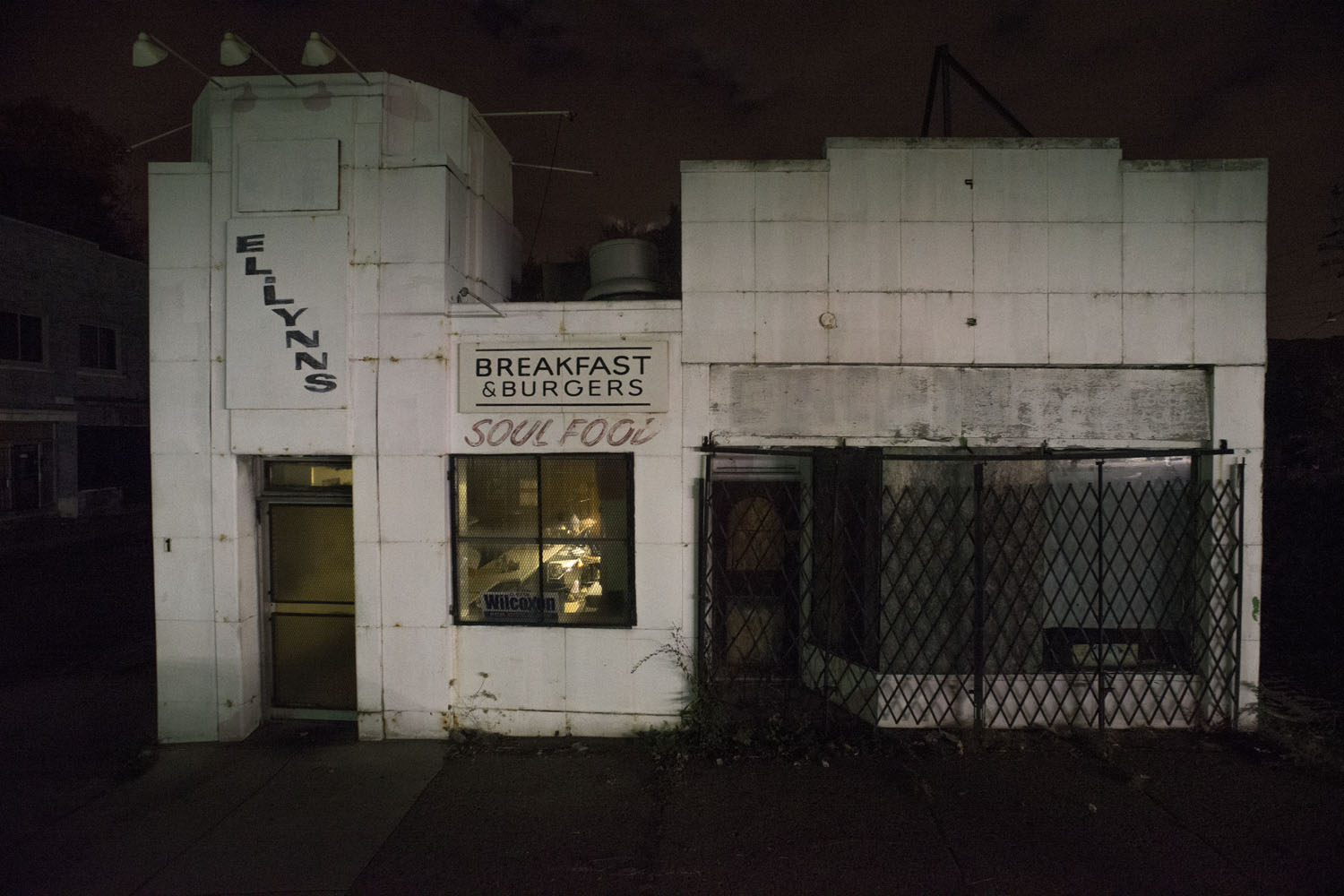
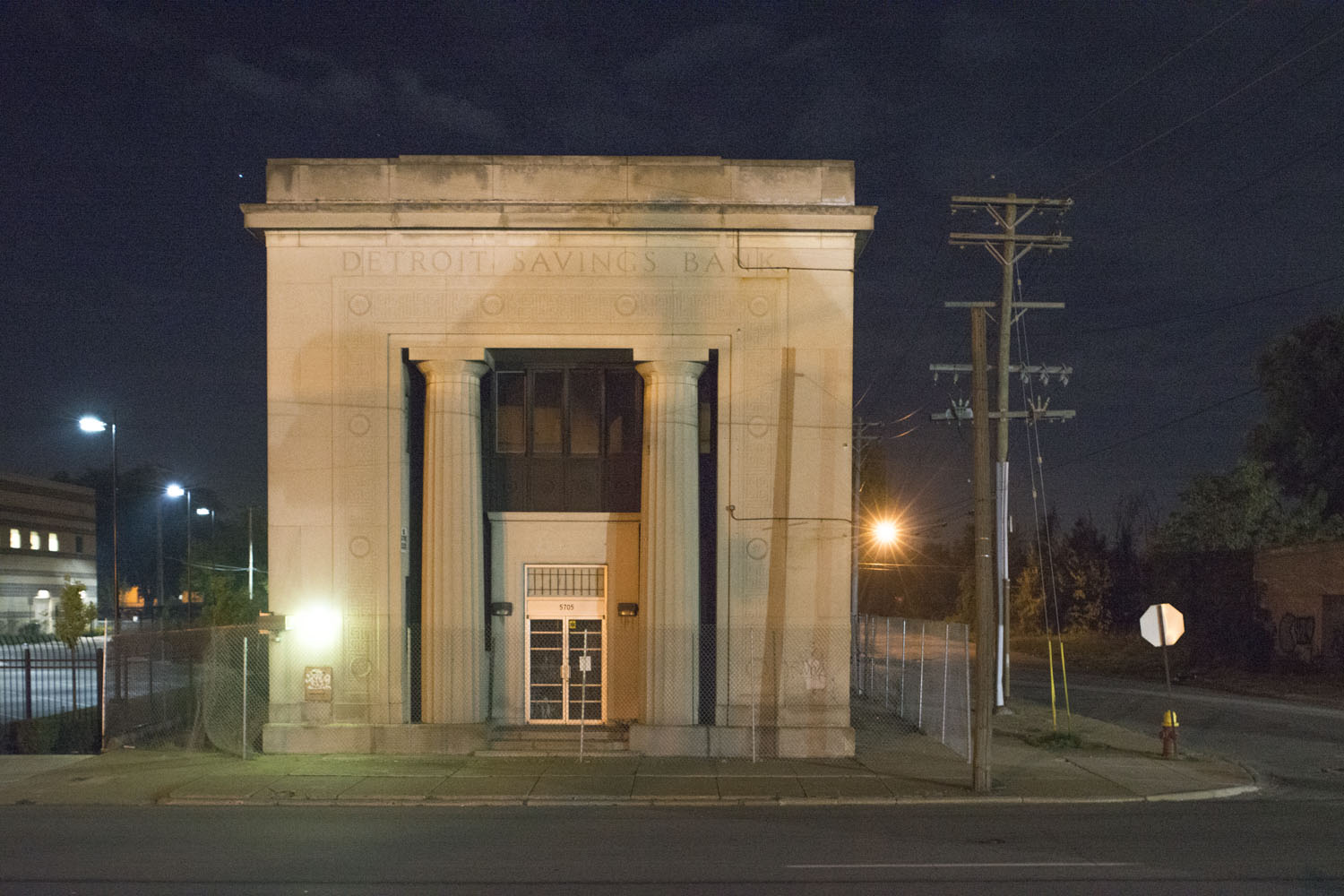
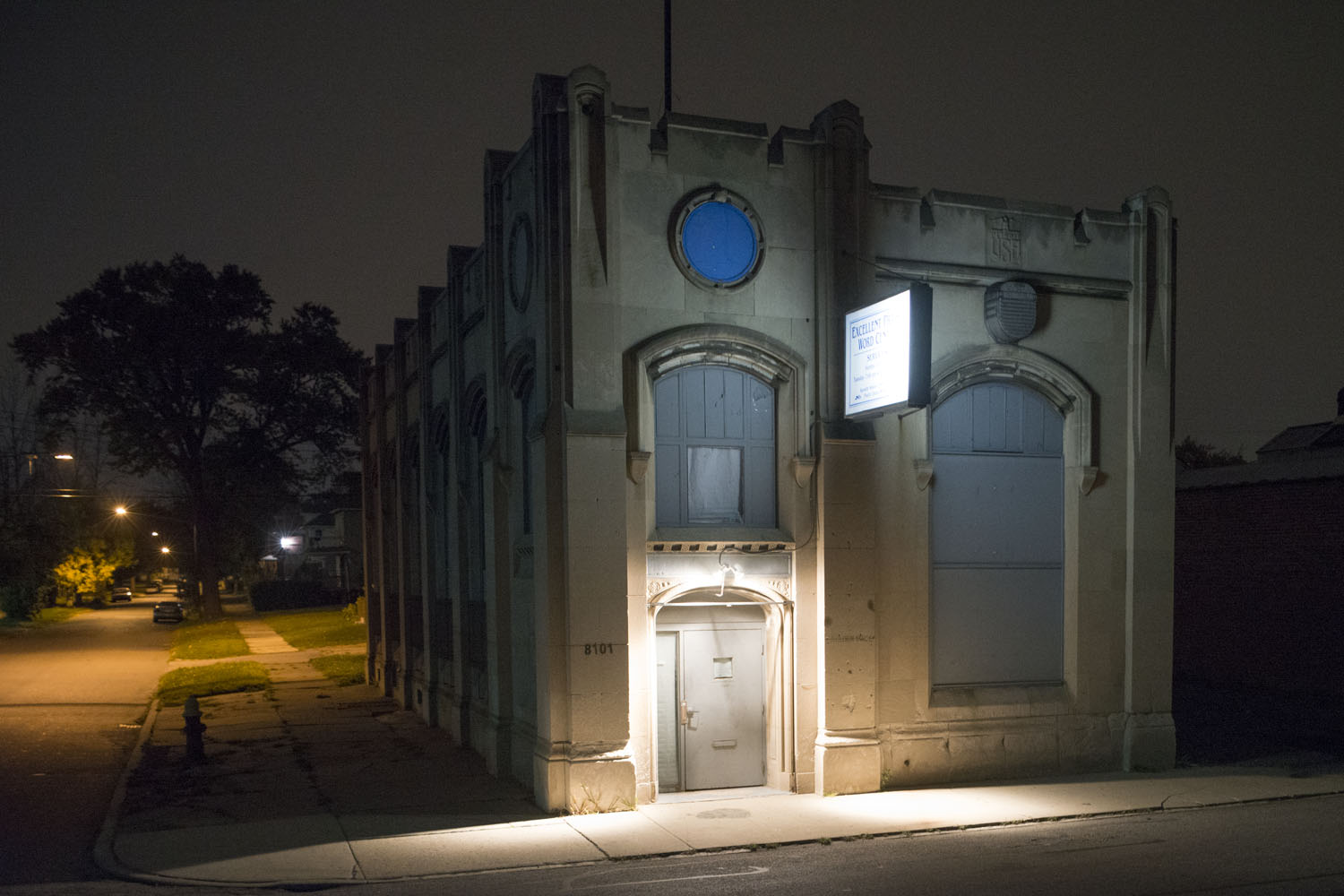
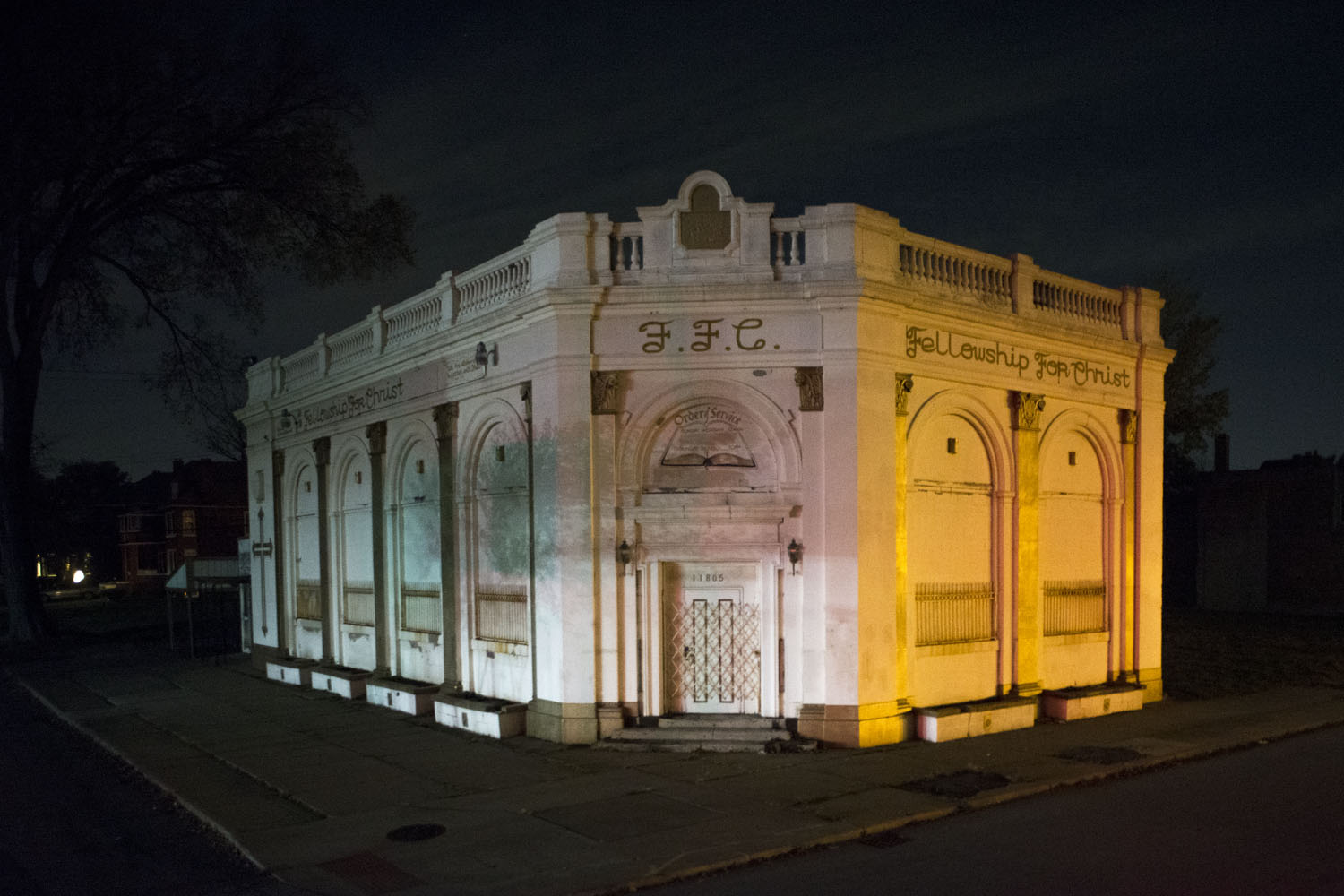
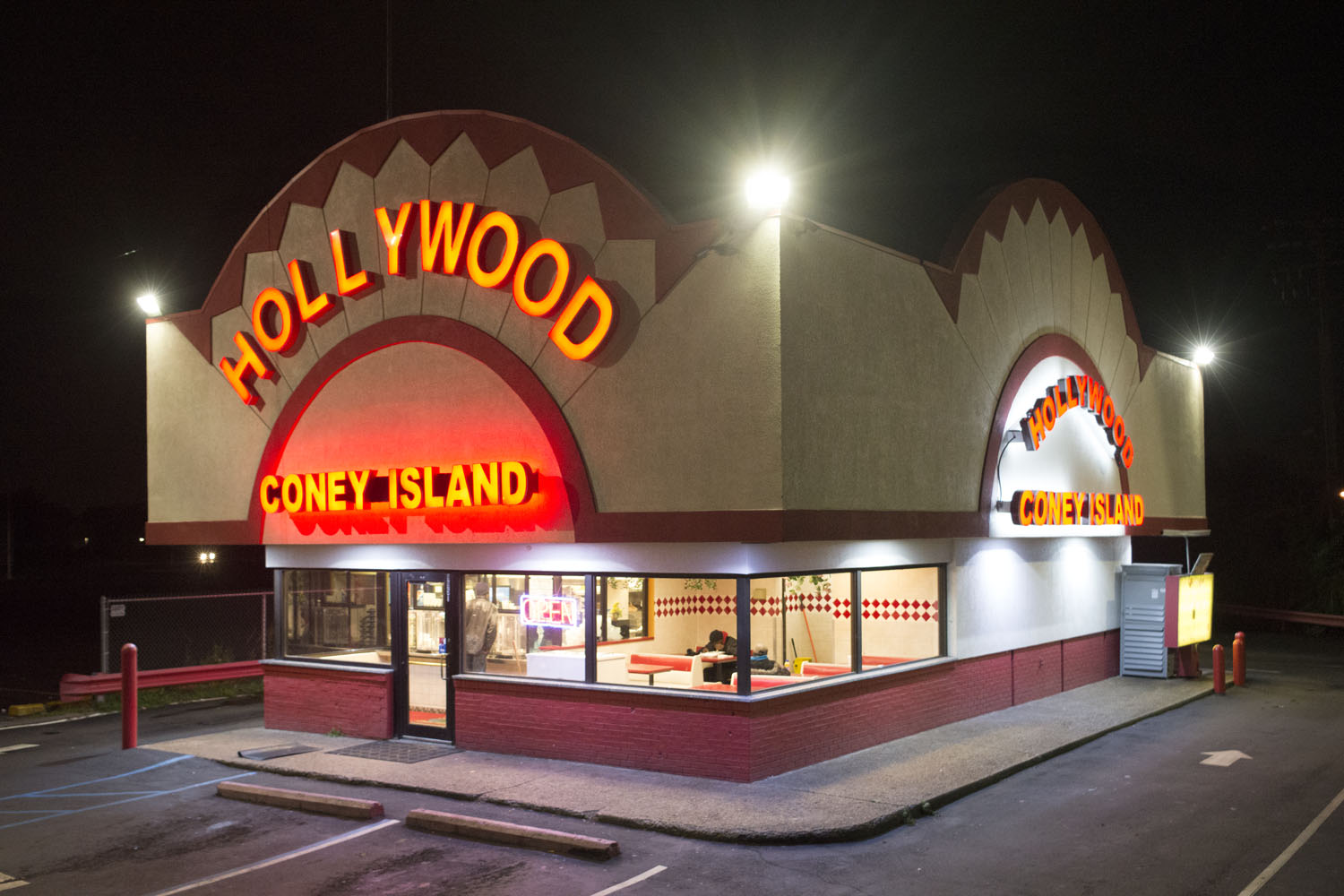
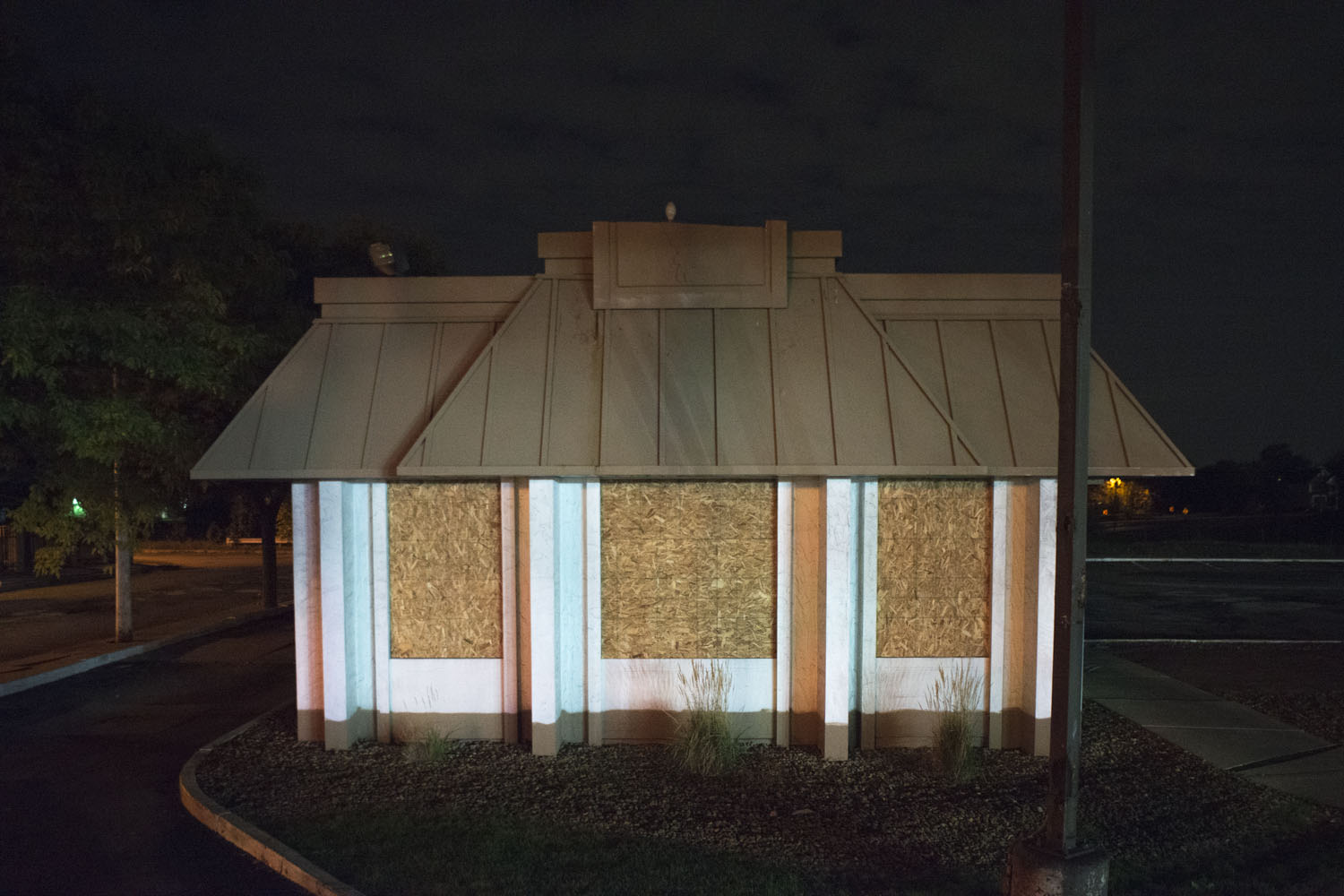

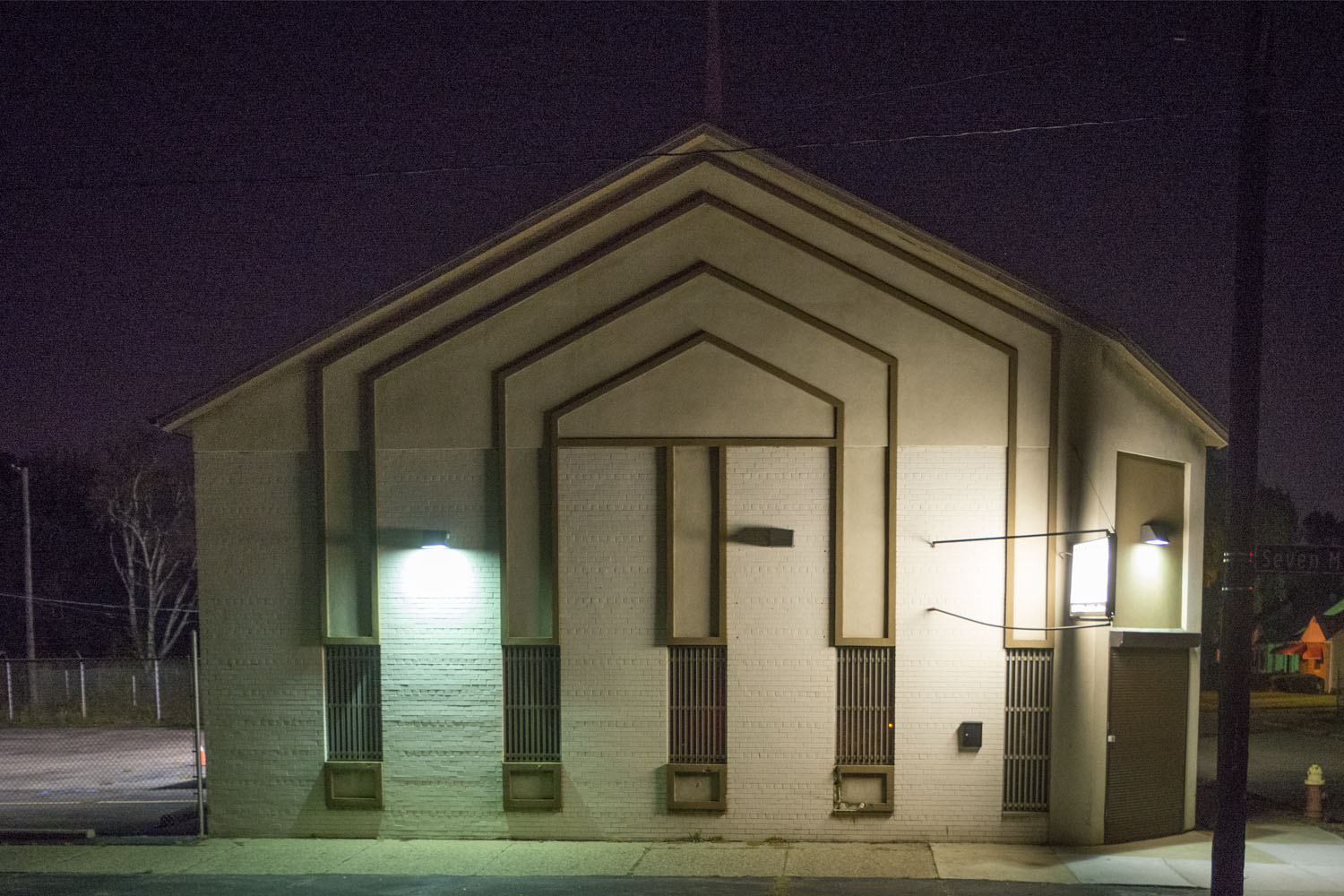


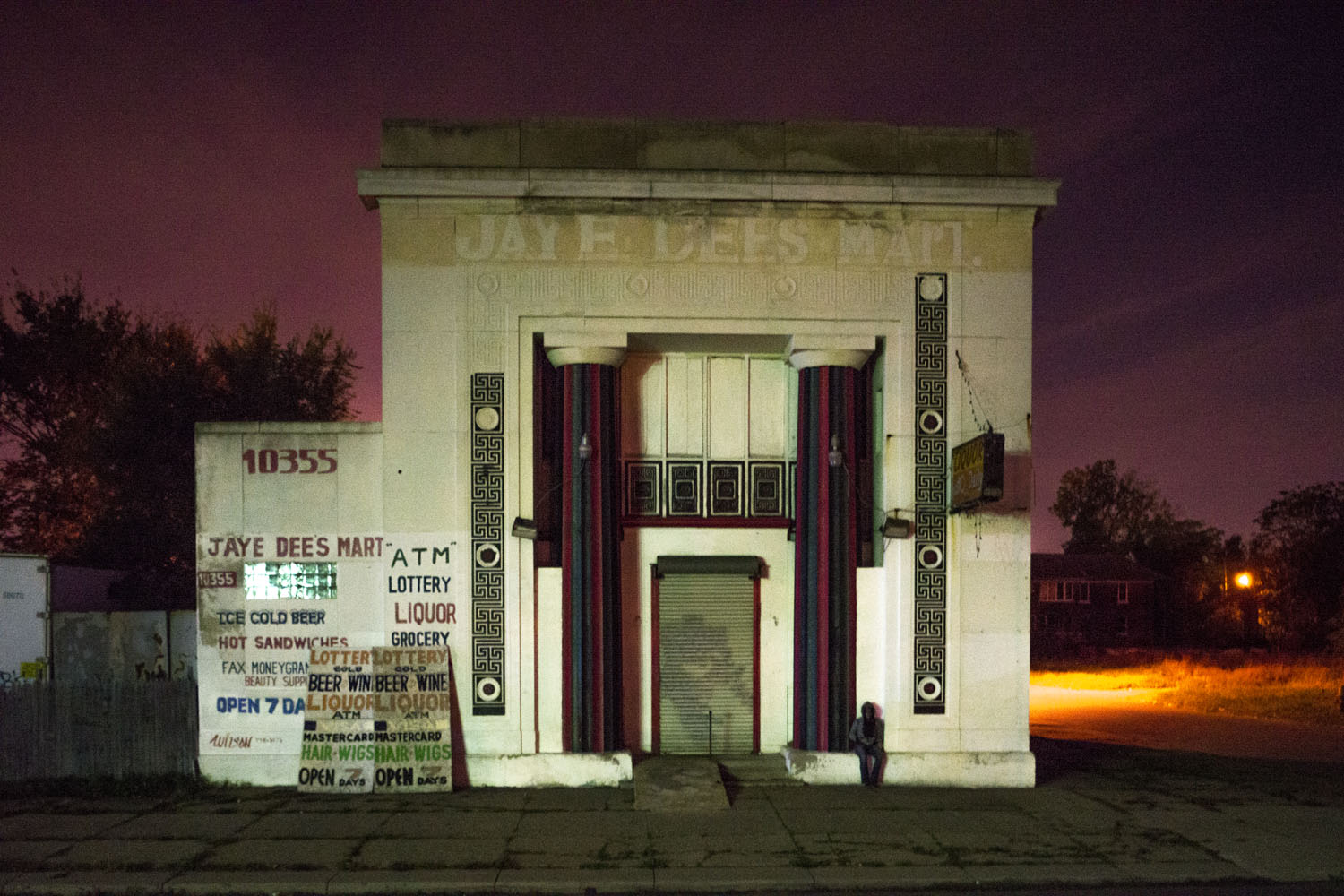
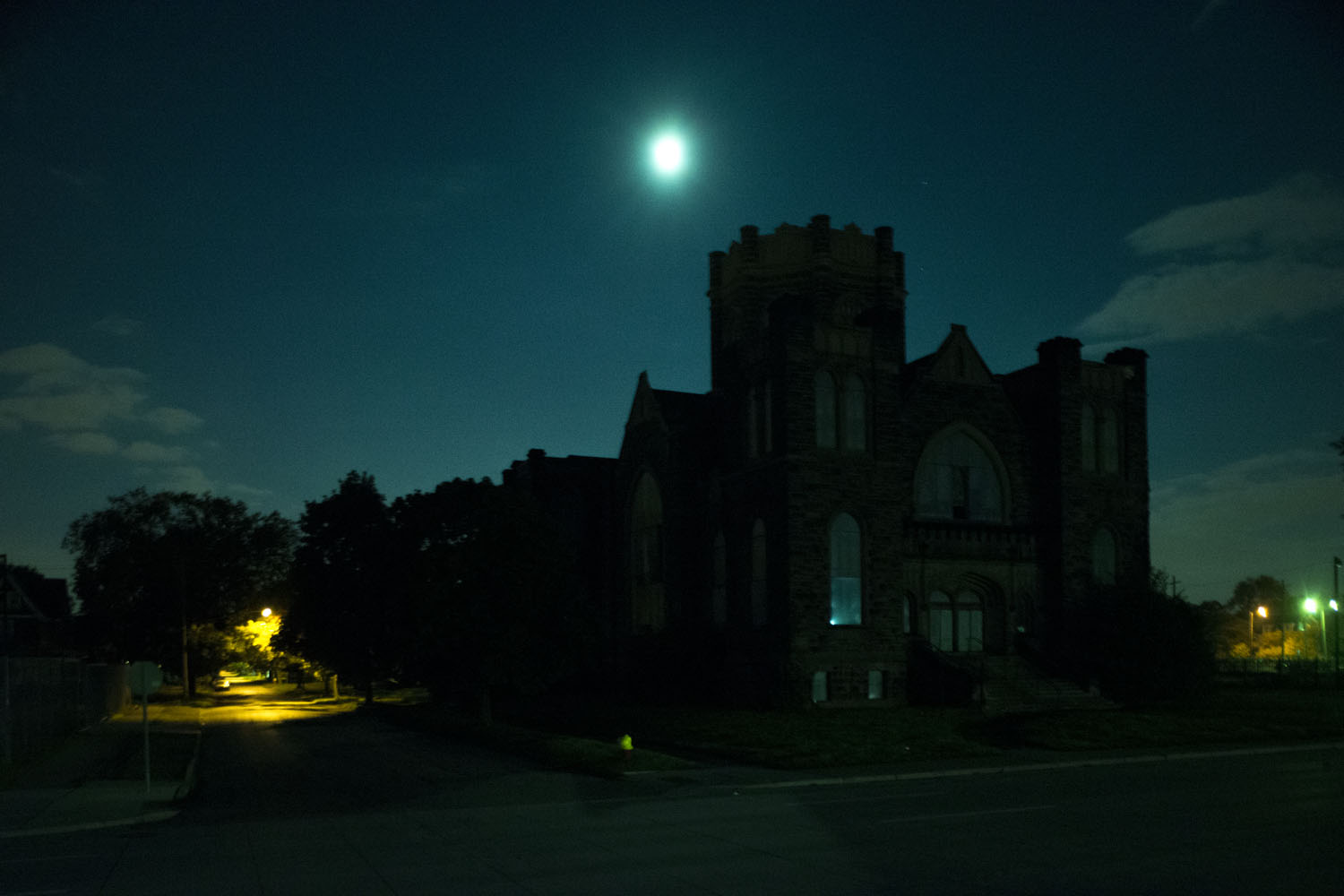
More Must-Reads From TIME
- The 100 Most Influential People of 2024
- The Revolution of Yulia Navalnaya
- 6 Compliments That Land Every Time
- What's the Deal With the Bitcoin Halving?
- If You're Dating Right Now , You're Brave: Column
- The AI That Could Heal a Divided Internet
- Fallout Is a Brilliant Model for the Future of Video Game Adaptations
- Want Weekly Recs on What to Watch, Read, and More? Sign Up for Worth Your Time
Contact us at letters@time.com